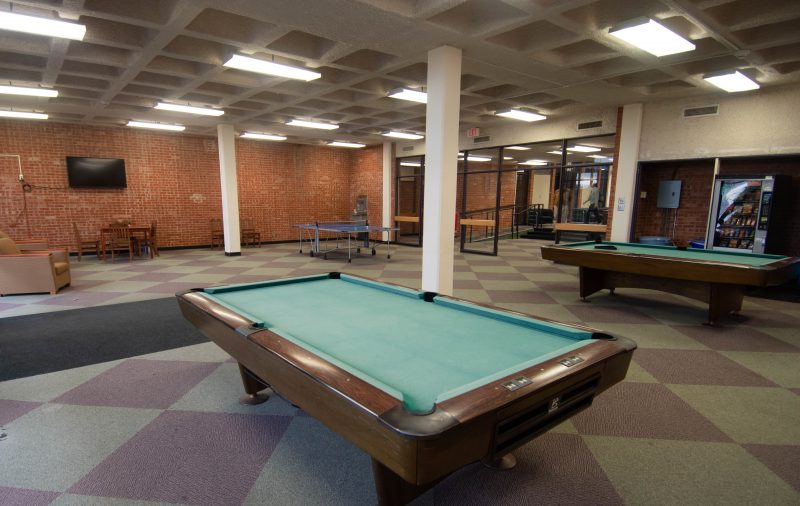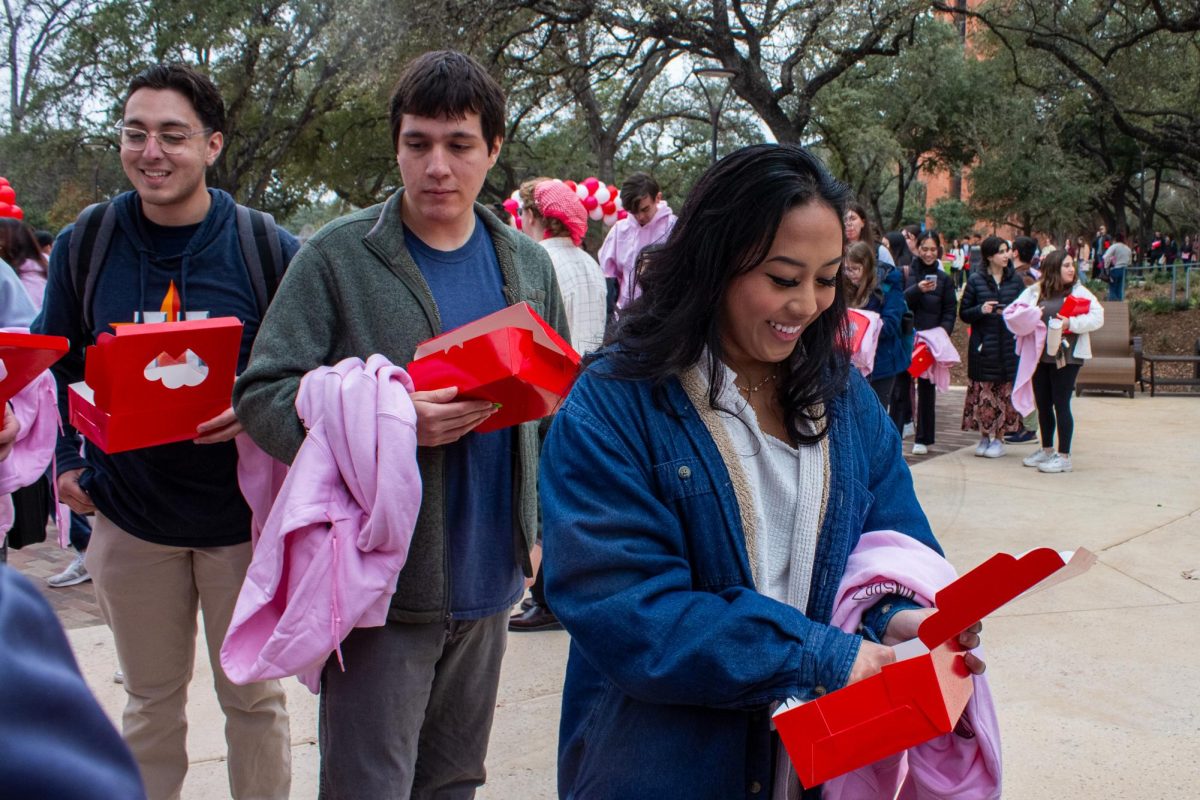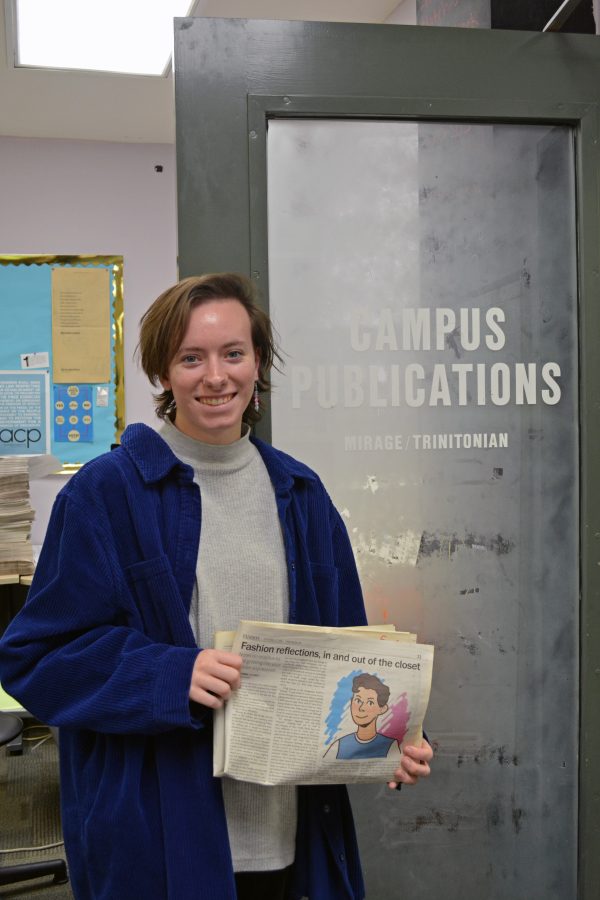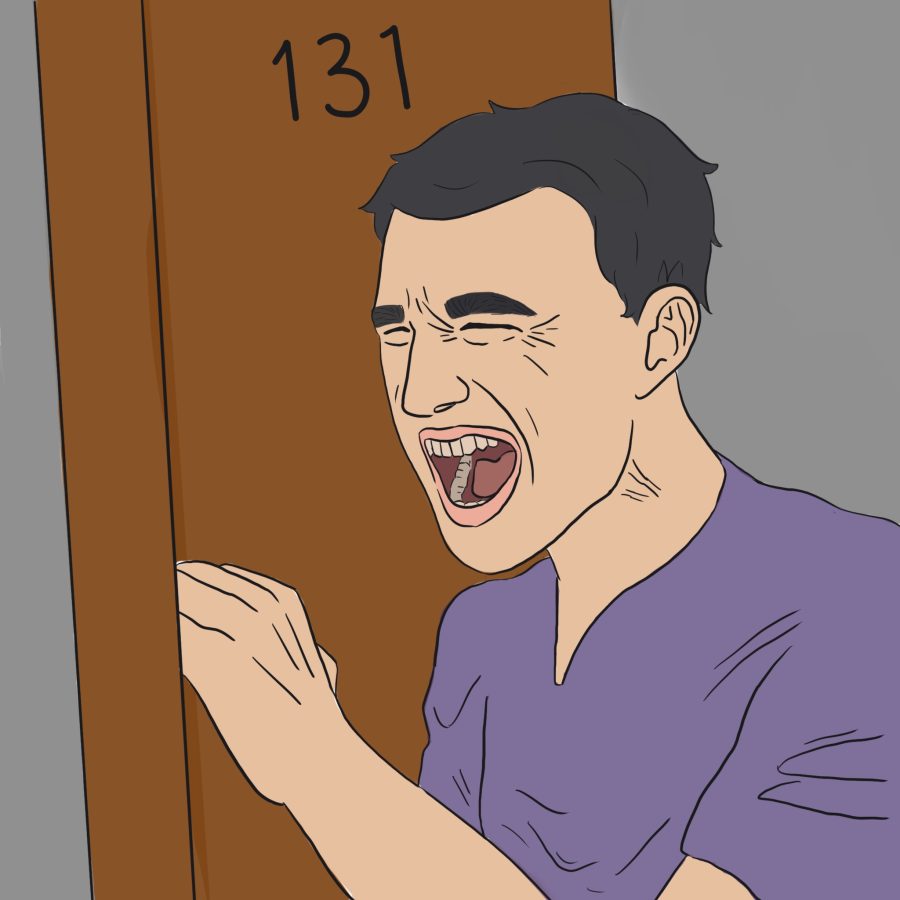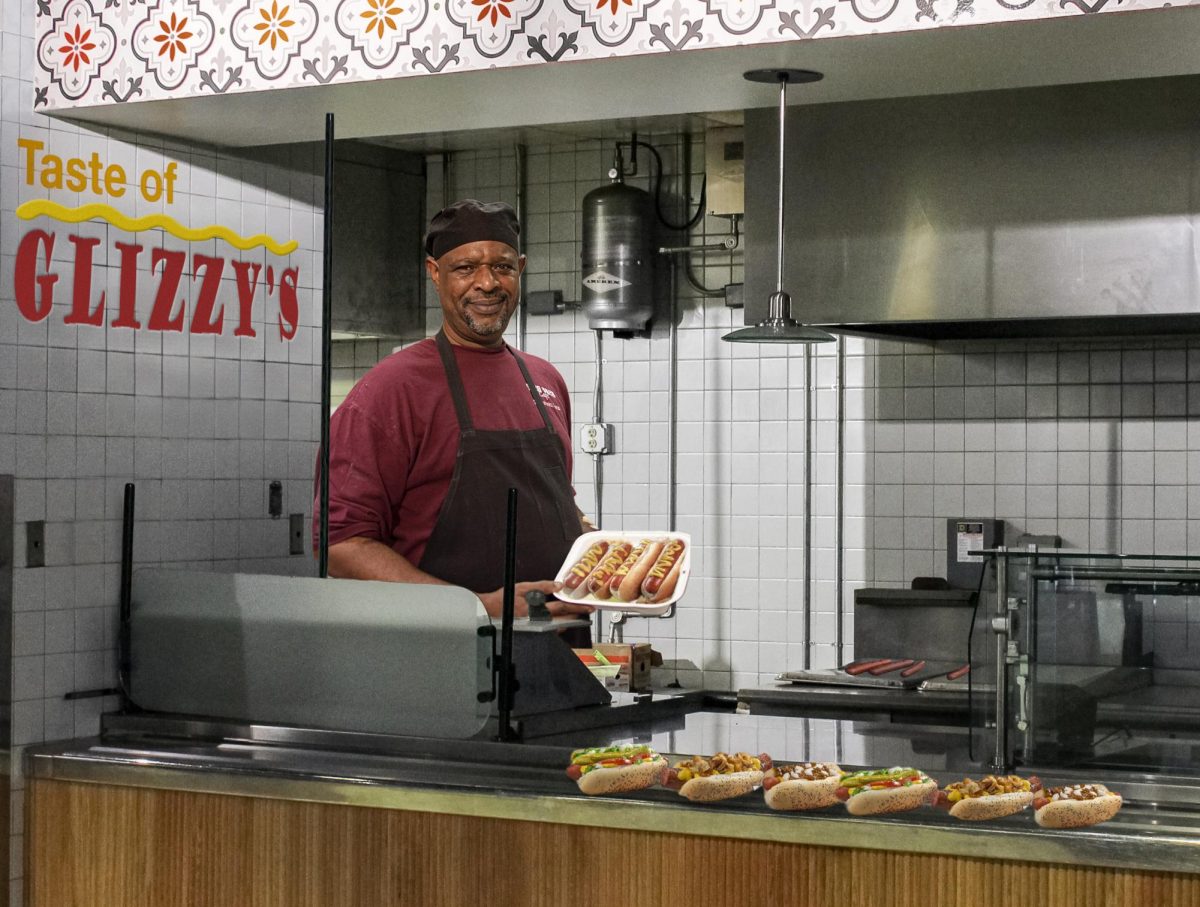Residential Life is planning the most extensive residence hall renovation yet. This summer, South Hall, Verna McLean Hall, Harold D. Herndon Hall and Albert-Herff Beze Hall will receive various renovations that range from new air conditioning systems to new kitchens to visual finishings. In total, the project will cost an estimated $24.2 million.
Deb Tyson, director of Residential Life, will head this summer’s renovations as project chair. Two months ago, Tyson brought the plan to renovate all four residence halls to the leadership team made up of the vice presidents across campus.
“These buildings needed to be upgraded. It impacts overall student satisfaction and appreciation for their living space, which we believe firmly impacts a student’s academic experience when they come back to a space that’s well maintained and clean. So when we took it forward, we asked that the institution consider that, and they did,” Tyson said.
Jim Baker, director of Facilities Services, will handle the specifics of the building renovations, all of which will take place simultaneously this summer.
The biggest renovation will be to South Hall, where the plan is to expand room size.
“South is a contributor to the historic district, so it limits some of what we can actually do. We’ll leave the basic floors of each building, and the bricks and everything else will be bulldozed out of the building and we’ll start over. They will be single rooms, much like the North format, and they will be larger rooms,” Baker said.
Additionally, Baker plans to add a shared kitchen space for North and South.
“The common space is now in the North/South foyer. There’s not going to be another common room. There’s going to be a dual kitchen with lockable storage in the refrigerator and lockers for dry goods storage, and that will be in the foyer,” Baker said.
McLean has a dual-pipe system, which means only hot water or only cold water can run to the building and that the building’s air conditioning system does not dehumidify the rooms. Baker said the renovations will revamp the heating, ventilation and air conditioning (HVAC) system.
“These are the things that students don’t see but are really expensive parts of the project and imperative to the sustainability of the life of the building and the quality of the experience,” Tyson said.
Along with new flooring, furniture and bathroom renovations, Facilities Services will install fire sprinkler systems in South and McLean.
“We always say fire alarms save lives and fire sprinklers save property. If I can get you out, it’s OK that the building burns to the ground because you’re out. That is a major commitment and every residence hall has it now,” Baker said.
Beze and Herndon will receive additional exterior renovations to make the buildings look nicer. Additionally, there will be interior updates to flooring and bathrooms.
“Beze and Herndon are also historic buildings. We have to be sensitive with how we do those repairs [so] that we don’t alter the current state of the building,” Baker said.
Gary Logan, vice president for Finance and Administration, will handle the budget of the project. Right now, Logan estimates that the South renovation will cost $11.7 million. McLean, Herndon and Beze will be treated as one project, costing $12.5 million.
“We’ve been saving for a while for these projects. We’ve known they were coming. Initially, we weren’t planning on doing them all in one summer. We just made the decision to compress them and go at one time because we felt like we had an opportunity in our schedule to do that. We also felt like from feedback from students there was a desire for us to get on with renewing these facilities, so we decided to do that,” Logan said.
Sometimes, a building renovation may be funded by its endowment, a project gift or by bond issues. After that, the operating budget will cover the remainder. These residential hall renovations will be completely funded by the depreciation set-asides.
“The university’s depreciation expense each year is about $11.5 million. Trinity sets aside that much money every year in our operating budget, which is really best practice in institutions. That’s just out of general revenues that come in out of all sources, so that includes the student tuition, the room and board payments, the endowment income [and] the gift income,” Logan said.
The operating budget is used for various university expenses.
“All of that money flows into the operating budget and then we pay salaries and financial aid and various things out of that. A piece of that, $11.5 million, goes to repair and renew our facilities, including equipment and buildings,” Logan said.
Following these renovations, all buildings on the east side of campus will have been completely renovated in the last 10 years.
Tyson stressed the importance of upkeep in the residence halls.
“Outside of the talents of the people, your infrastructures are your biggest physical assets, and there’s a lot of money in them. If you don’t upkeep your structures on a cycle, then you find when you do get around to them that it costs more than it would have to just to upkeep them to begin with,” Tyson said.

